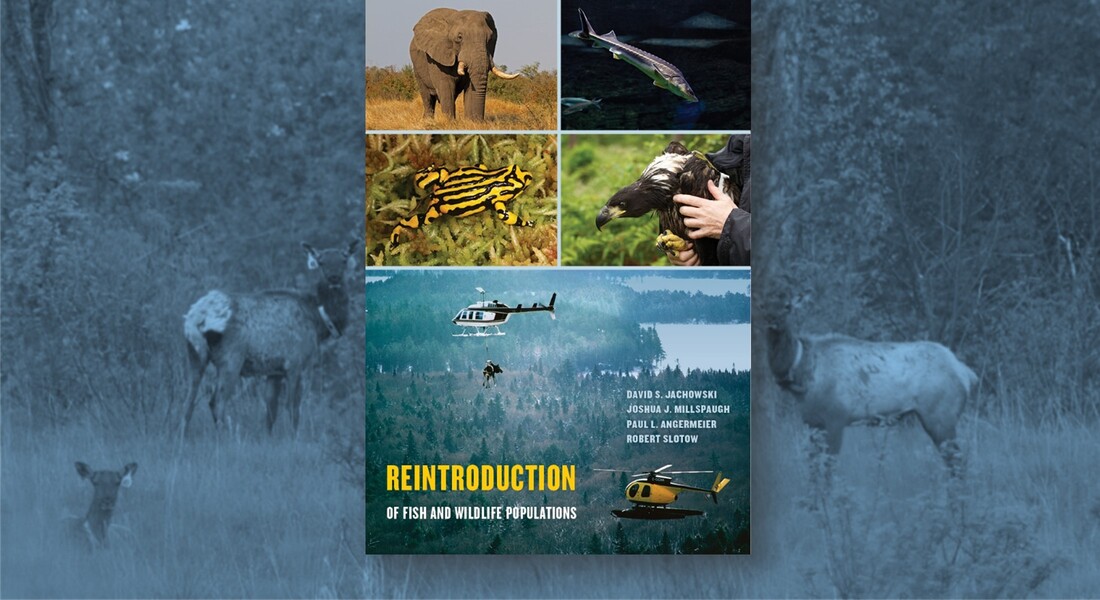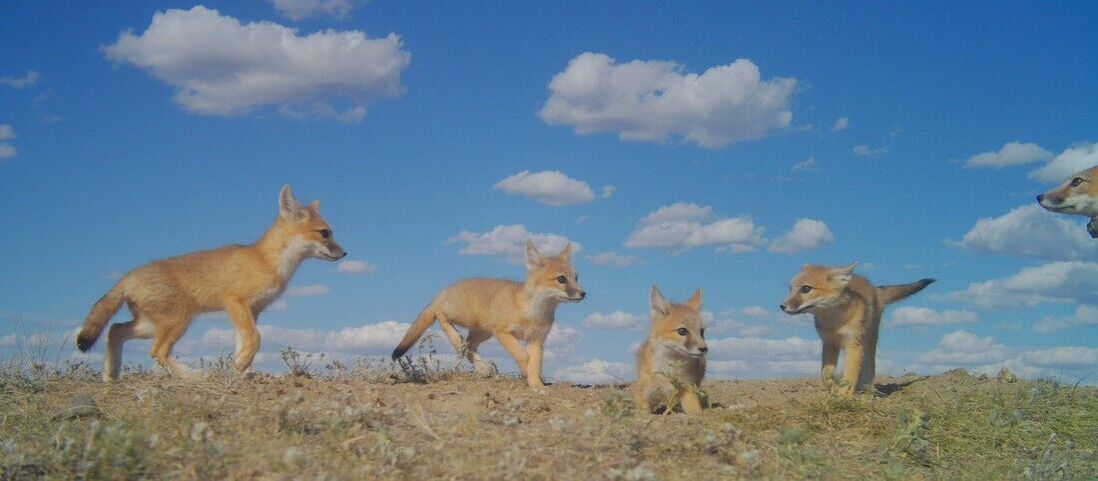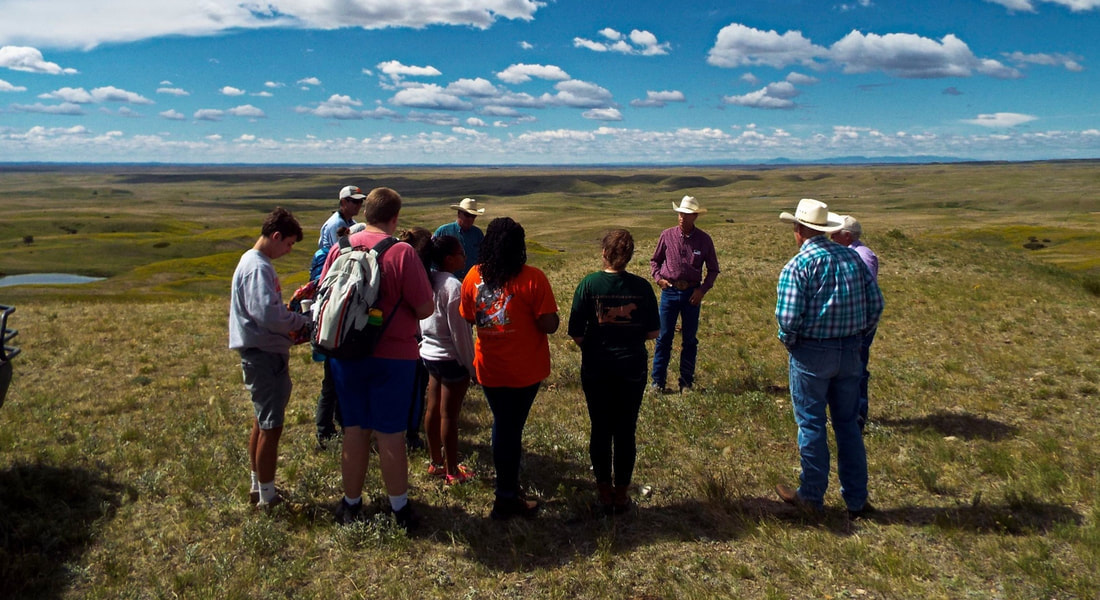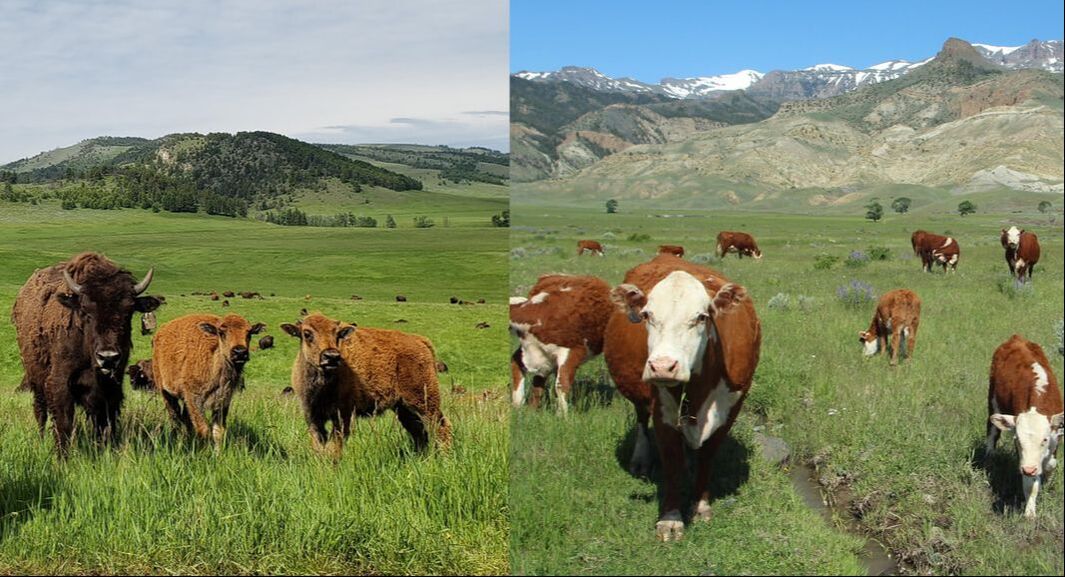CURRENT RESEARCH
Restoration planning and implementationPulling from the lab's >20 years of experience in the field of wildlife restoration and a global network of collaborators, in 2016 we published the book "Reintroduction of Fish and Wildlife Populations" which is a step-by-step guide to planning, implementing, and evaluating the successful re-establishment of fish and wildlife populations.
Since that book, we regularly advise species restoration and recovery projects, and publish articles on frontiers to advance the field. Recent popular press about this work:
Why protecting very large swaths of land matters for wildlife - PBS Newshour In protecting land for wildlife, size matters – here’s what it takes to conserve very large areas - The Conversation |
Recent related scientific papers:
Jachowski, D.S., S.N. Harris, A. Jensen, M.P. Keating, M.S. Muthersbaugh, D. Nelson, B. Pruitt, E. Rosales, E. Saldo and K. Titus. 2024. Assessing the space between science and practice in endangered species conservation. Biological Conservation 293:110609. Jachowski, D.S., A. Boyce, and R. Baldwin. 2023. Shifting the conservation Overton Window. Conservation Biology 37:e14080 Jachowski, D.S. 2023. Why conservation cloning won't save endangered species. BioScience 73:5. |
Swift fox restorationOver the past decade we have been working with colleagues in the US and Canada on the successful restoration of swift fox populations in northern Montana. Despite being successfully reintroduced in Canada over 3 decade ago, swift fox are rarely observed in this region which serves as a critical link between the population in southern Canada and established populations to the south in South Dakota and Wyoming. We have conducted tracking studies of swift foxes and deploying a wide camera trap array to begin to address what limits the recovery of connectivity between these populations.
In 2020, we became involved in efforts to help restore swift for to Ft. Belknap Reservation which is the homeland of A’aniiih and Nakota communities. If successful, this reintroduction effort could be key to connecting northern and southern existing population of swift fox in the Northern Great Plains. Project collaborators: Montana Fish, Wildlife and Parks, National Fish and Wildlife Foundation, World Wildlife Fund, Calgary Zoo, Bureau of Land Management, Ft. Belknap Indian Community, Smithsonian Institution
Related popular articles:
New video by Smithsonian profiling swift fox reintroduction efforts we are proud to contribute in a small way to on Ft. Belknap Clemson doctoral student helping continent’s smallest canids return to indigenous lands - Clemson University Cool video by Colorado Parks and Wildlife on our collaborative project to restore swift fox to Ft. Belknap After 51 years, swift foxes return to the grasslands of Fort Belknap Indian Reservation in Montana - World Wildlife Fund Searching for swift foxes - Montana Outdoors Swift fox can't outfox habitat fragmentation - The Wildlife Society |
Related scientific papers:
Butler, A., K. Bly, H. Harris, B. Inman, A. Moehrenschlager, D. Schwalm, and D. Jachowski. 2021. Life on the edge: Habitat fragmentation limits recovery of a reintroduced carnivore. Animal Conservation 24:108-119. Butler, A., K. Bly, H. Harris, B. Inman, A. Moehrenschlager, D. Schwalm, and D.S. Jachowski. 2020. Home range size and resource utilization by swift fox in northeastern Montana. Journal of Mammalogy 101:684-696. Butler, A., K. Bly, H. Harris, B. Inman, A. Moehrenschlager, D. Schwalm, and D.S. Jachowski. 2019. Winter movement behavior by swift foxes (Vulpes velox) at the northern edge of their range. Canadian Journal of Zoology 97:922-930. |
Wildlife Restoration in Working LandscapesIn 2018 we started a new integrative and interdisciplinary project on defining multi-species wildlife restoration potential in the Northern Great Plains. Interdisciplinary in that we are teaming up with social scientists to link ecological and human dimensions data to help define the patterns and processes that have driven and will drive the future of success of recovery entire communiteis of extirpated or endangered wildlife on this working lands landscape.
Project collaborators: Clemson Institute for Parks, World Wildlife Fund, The Nature Conservancy, National Wildlife Federation, University of Montana
|
Related scientific papers:
Titus, K. and D.S. Jachowski. In press. Mapping human-carnivore coexistence: Approaches to integrating anthropogenic influences on carnivore distribution and connectivity modeling. Animal Conservation. Titus, K.L., K. Bly, A.F. Jakes, and D.S. Jachowski. 2024. The human side of rewilding: Attitudes towards multi-species restoration at the public-private land nexus. Biological Conservation 294:110652. Jachowski, D.S., M.J. Aguerre, G. Lascano, K. Titus, and T. Scott. 2022. Using multidisciplinary, conflict-based experiential learning to train students on how to address controversy at the public-private land interface. North American College Teachers of Agriculture Journal. 66:37-45. Titus, K., and D.S. Jachowski. 2021. Persistent negative stakeholder perspectives limit recovery of a critically endangered carnivore. Conservation Science and Practice 3:e526. |
Bringing back bisonIn central Montana, there is an attempt underway to create the largest bison herd in the world. Bison have been termed by some as a keystone species on the Great Plains, driving the structure and function of the prairie ecosystem. However, there are concerns regarding the impacts of year-round bison grazing and its potential impacts on grassland plants. We are evaluating the impact bison restoration has on plant community dynamics both now, and with the establish long-term monitoring plots, long into the future.
Project collaborators: Bureau of Land Management, American Prairie, Smithsonian Institution
|
Related scientific papers:
Yu, S.W., K.E. Kunkel, D.L. Hagan and D.S. Jachowski. 2023. Evaluating riparian plant communities after restoration of plains bison in the Northern Great Plains of Montana. Rangeland Ecology and Management 90:186-194. McMillan, N.A., K.E. Kunkel, D.L. Hagan and D.S. Jachowski. 2020. Assessing large herbivore management strategies in the Northern Great Plains using rangeland health metrics. Natural Areas Journal 40:273-280. McMillan, N.A., K.E. Kunkel, D.L. Hagan and D.S. Jachowski. 2019. Plant community responses to bison reintroduction on the Northern Great Plains, USA: A test of the keystone species concept. Restoration Ecology 27:379-388. |
Proudly powered by Weebly



